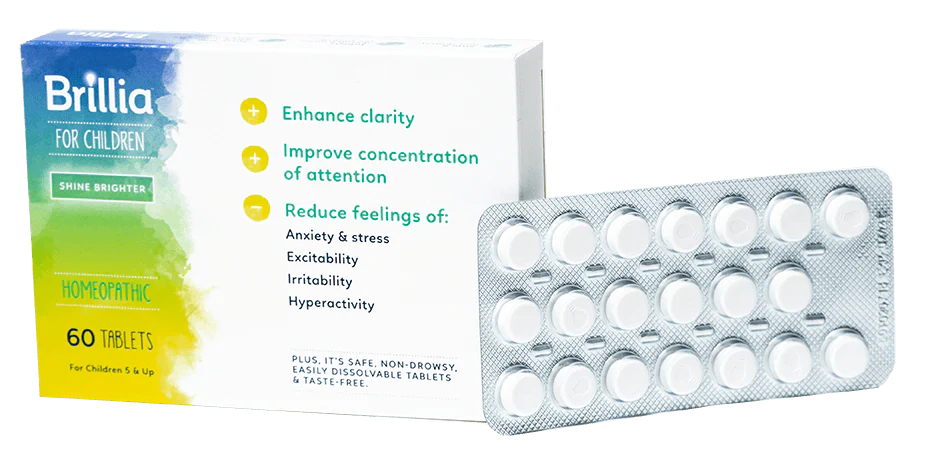In a recent national poll by Michigan Medicine, 46 percent of parents reported their teen had shown signs of a new or worsening mental health condition since the beginning of the pandemic.1 This included an increase in depressive symptoms and anxiety due to lack of independence and social connection and disruptions to routine. Explore how lockdown and inconsistent reopenings have impacted teens’ mental health and how we might help them ease back into a healthy routine.
How Lockdown Has Impacted Teens’ Mental Health
The mental toll of COVID-19 is extensive and, according to the CDC, has disproportionately affected young adults.2 In the Michigan Medicine poll, researchers also found that teen girls were more likely to show symptoms of depression and anxiety than teen boys.
Even before the pandemic, many teenagers met the criteria for anxiety disorders, depression, and other mental conditions. According to a 2017 report from Child Mind Institute, depression and bipolar disorder affected 14.3 percent of youth ages 13-17 and 11.7 percent of adolescents met criteria for major depressive disorder or dysthymia, a less severe but more persistent depressive disorder.3 The added stress of the pandemic only makes matters worse, forcing teens into isolation away from their normal social and educational interactions. For those with pre-existing mental health conditions, the pandemic exacerbated their symptoms, and with many school closures, these teens did not have the same access to crucial mental health services.4
Back-to-School Inconsistency
Along with distance from peers and limited access to mental health services, many teens struggle to cope with the unpredictability of the pandemic. Children and teens thrive on structure and routine, something hard to maintain with erratic school closures, extended lockdowns, and inconsistent reopenings. According to Dr. Amanda Fialk, a mental health professional who has worked with adolescents and young adults for 15 years, predictability has a “stabilizing effect that reduces reactivity and impulsivity, enhances productivity and goal-oriented behavior, and helps adolescents feel safe, secure, and resilient.”5 She says that the roller-coaster effect of school reopenings and unexpected closures steal this predictability from kids and that public officials need to be more careful in creating feasible plans that stick while giving teens the certainty they need to thrive.
Shine Brighter
The Social Impact
For teenagers, nurturing social connections and separating from their parents in order to achieve independence are incredibly important. The social distancing brought on by COVID-19 heavily impacted this natural and important process in a teen’s life. And while many teens turned to social media to cope with feelings of loneliness and anxiety6 during lockdown, previous research had already shown the correlation between social media use and spikes in depression and anxiety.7 It’s safe to say that while social media can help some teens stay connected to their peers when used in moderation, there is no adequate substitute for real life human interaction. According to Beth Marshall, associate director of the Johns Hopkins Center for Adolescent Health, schools must be prepared for not just the educational setbacks caused by the pandemic, but also setbacks in their social and emotional skills.8
Whether your teen is back in school, returning in the fall, or continuing online learning in the foreseeable future, there are steps you can take to help ease their worries. These include:
- Talking to mental health professional if you suspect your child is having trouble coping with anxiety or depression
- Showing your teen you’re available to talk and offer support when needed, but giving them as much space as possible
- Letting your teen use social media in moderation, which can be helpful in allowing them to stay connected to their peers
- Using mental health apps like Calm or Headspace, which can teach your kids easy mindfulness practices
- Sticking to a routine as much as possible so there is a sense of normalcy and predictability despite whatever is happening beyond your doors
Brillia is another option that may help reduce feelings of anxiety and stress for teens. Safe and impactful, Brillia is a non-prescription supplement that is available without an official diagnosis of a mood disorder. Because it is homeopathic, if your child is already taking a prescription medication for anxiety or depression, Brillia can be added to their regimen without harmful side effects or contraindications. Brillia works best in combination with healthy lifestyle habits like controlled screen time, adequate sleep, proper nutrition, and mindfulness, known as the holistic 5-Pillars. Find out more about how Brillia can help your teen with anxiety.







